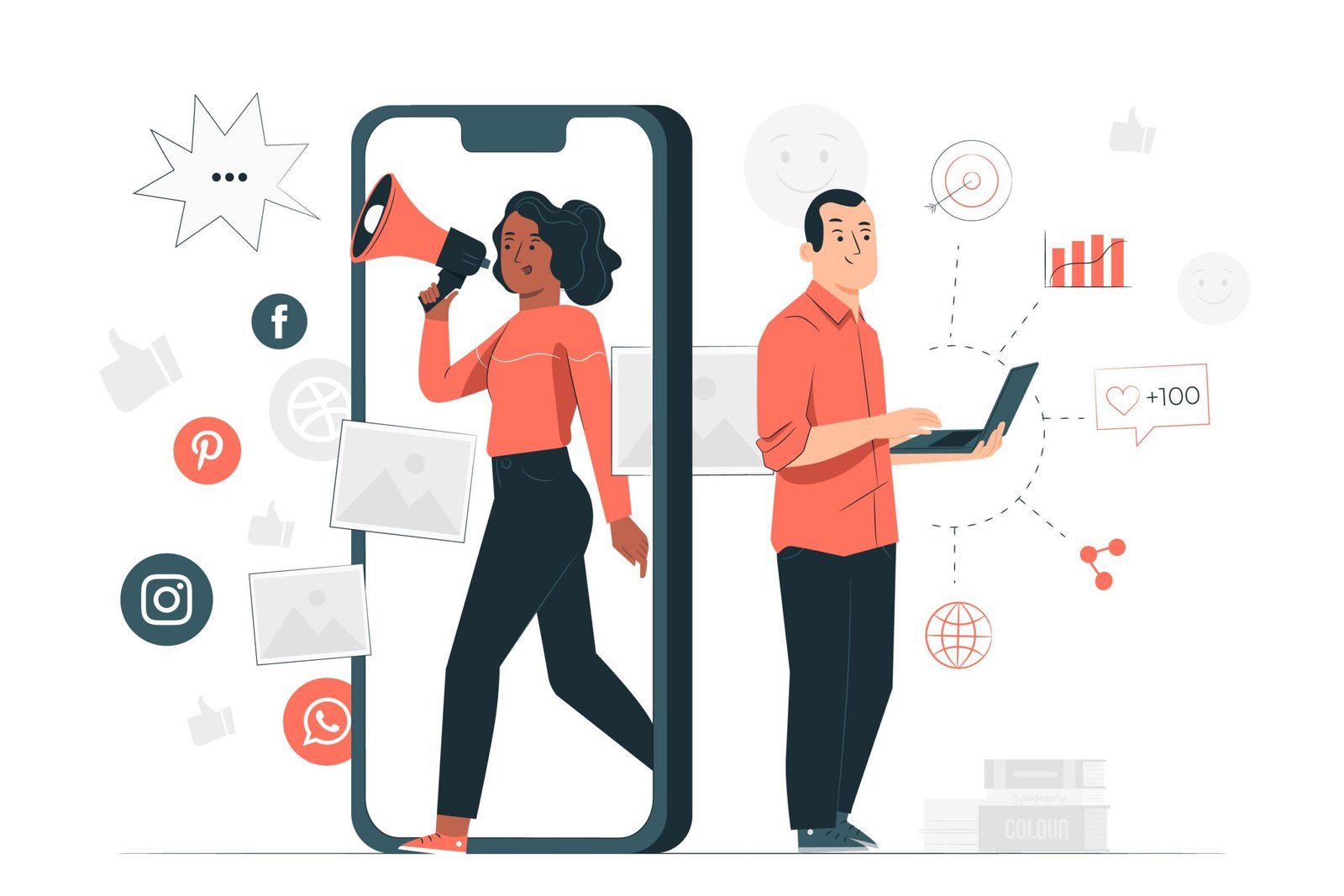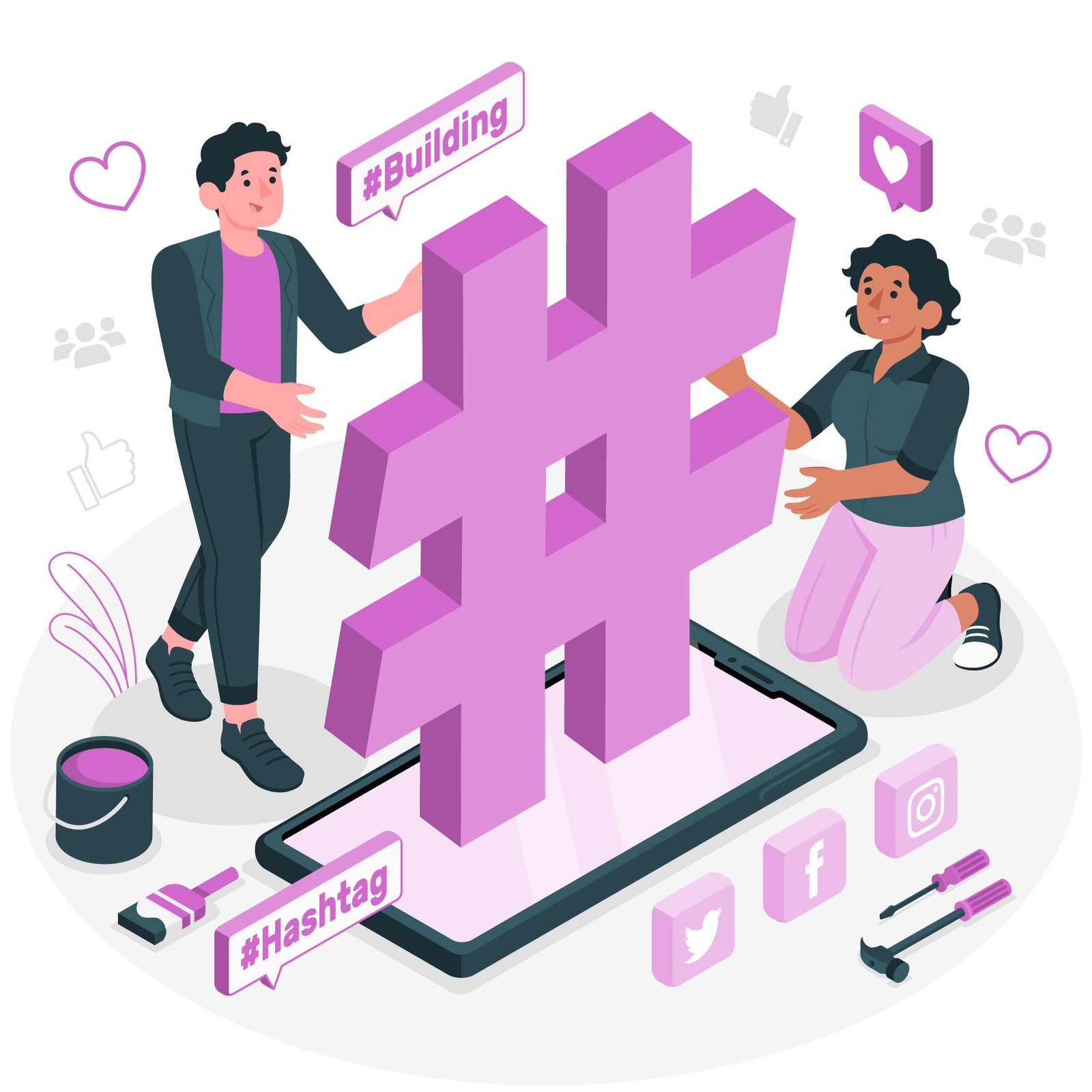Meme marketing isn’t just a cheeky little add-on to your marketing strategy anymore, it’s become a core part of engagement and an extremely powerful content tool in 2025. With increasingly short attention spans and high demand for interesting yet funny content, brands are now relying on memes to drive an emotional bond with their audience. So, what is meme marketing, and how can you harness its potential to get your content shared by being virally hilarious?
In this blog, we’re going to find out exactly what meme marketing is, why it works, how you can find the best memes and finally, how to use them maximum giggles to make sure your content hits the right spot.
Table of contents
What is Meme Marketing?
Why Memes Work So Well in 2025
The Psychology Behind Shareable Memes
Benefits of Using Memes in Marketing
Understanding Your Audience
How to Create Memes That Actually Work
Where to Post Memes for Maximum Impact
What Makes a Meme Flop?
Best Tools for Creating Memes in 2025
Case Studies: Brands Winning with Memes
3 Common Mistakes and How to Avoid Them
Future Trends in Meme Marketing
Conclusion: Make ‘Em Laugh, Make ‘Em Share
FAQs About Meme Marketing
What is Meme Marketing?
Meme marketing employs funny and often culturally relevant images, videos, or GIFs to promote a brand or message. In simple terms, a meme is an idea or trend in culture that spreads through word of-mouth and rapid circulation; and when properly employed in your marketing endeavours, can increase your reach and engagement by leaps and bounds!
Why Memes Work So Well in 2025
With consumers scrolling endlessly through content, these memes give instant dopamine hits – they’re familiar, easy to digest, and cater to laughter or validation. In 2025, consumers want all things authentic and to-the-point. That’s what meme marketing delivers.
The Psychology Behind Shareable Memes
The key to successful meme marketing is understanding the psychology behind what makes a viral meme. If your thought process starts at “what’s funny enough to make my audience laugh and buy my product?” then you’re losing half the battle by wasting time falling through an endless series of rabbit holes. So, to save you from this misery, we’ve got a simple formula.
A Viral Formula to Harness the Power of Relatability
People share whatever makes them feel. Humour releases dopamine, which creates that feeling people want to convey. Memes take this emotion-based currency and increase the chances of sharing, liking, and saving.
From office frustrations, caffeine hits, to pop culture moments, memes capitalise on parts of daily life that everyone shares. This kind of relatability builds the community, and the community builds brand loyalty.
Benefits of Using Memes in Marketing
The benefits of meme marketing are manifold and could manifest in ways that improve your brand reputation and sales, too.
Memes are viral by nature. If your message relates, it goes viral. And most often, without even having to pay for it. The right meme can organically expose your brand to thousands of users, if not millions.
Memes spark higher engagement, much higher than those other branded posts. The moment you make a post, it gets immediate responses: likes, comments, shares – as if the audience feels like you’re sufficiently “in on the joke.”
Understanding Your Audience
The only way meme marketing works is if you know what your target audience finds relatable and funny, there’s a graveyard of memes larger than Russia that failed because no one cares about what they don’t understand.
Effective meme marketing starts with understanding your audience’s language. Stay plugged into trends, internet slang, and pop culture references. A meme that’s even a week late can fall flat.
This is especially important because different people, for example from different generations, find different things funny. Take for instance, Gen Z vs. Millennials – usually your primary audience given their social media prowess.
Gen Z loves absurdist, dark humour, while millennials may prefer nostalgic or clever memes. Tailor your tone depending on who you’re targeting. Use analytics to assess what type of humour resonates best.
How to Create Memes That Actually Work
Keep It Simple and Quick
Memes are content meant for speed. Set-up shouldn’t take like five minutes, if someone cannot grasp the joke in first two seconds, it is just too complicated. More often than not, using simple wording over a relevant image prevails.
Use Popular Templates
Think of popular templates like “distracted boyfriend”, “Drakeposting”, “Woman Yelling at a Cat” -these are the MVPs of meme marketing because they come with street cred. Use a trusted meme editor or site to tweak these formats to convey your brand’s message.
Timing: Why Relevance Is Everything
Memes have very short shelf life. Memes linked to a current event like a viral trend or news will have a higher likelihood of popping off. Create Google alerts or follow meme accounts to keep in the know.
Where to Post Memes for Maximum Impact
Instagram and Twitter
Visual-first platforms like Instagram and Twitter are ideal for meme marketing. Hashtags, trending topics, and Stories/Reels allow memes to gain exposure rapidly.
LinkedIn (Yes, Really!)
Memes for B2B? You bet. Relatable work life humour is big on LinkedIn nowadays. Just make sure it is professional and connects with your industry.
Facebook Groups and Pages
Niche Facebook communities often thrive on humour. Memes tailored to certain industries or areas of interest create great loyalty within these groups.
What Makes a Meme Flop?
There are lots of reasons your meme marketing might not have the effect you intend it to, here are some classic mistakes you should avoid:
· Using outdated formats
· Forcing a meme to fit a marketing message
· Over-explaining the joke
· Not understanding the original meme context
Bonus: Staying on the Right Side of Controversy
Some memes can backfire if they’re offensive or insensitive. When in doubt, get feedback internally before publishing. Memes can go viral for the wrong reasons too.
Best Tools for Creating Memes in 2025
Don’t worry, gone are the days when you need to learn Photoshop to make memes. Here are some simple tools you can use to get started on your meme marketing journey.
Canva
Canva is still perhaps the simplest platform for meme-making online. They have meme templates, text tools, and brand integration, which help users remain funny yet on-brand.
Kapwing
Kapwing is made for video memes and captioning. It uses drag-and-drop editing favoured by creators as well as social media managers.
Imgflip
Imgflip remains an old favourite, being a highly satisfying meme editor with a vast library of meme templates and text overlays that work like a charm.
Case Studies: Brands Winning with Memes
Here are some classic meme marketing examples of popular brands that made big waves on social media.
Netflix
Meme marketing by Netflix stands as an exemplar for deciphering audience taste. The brand magically turns humour into self-promotion, ranging from Stranger Things jokes to whatever is trending.
Wendy’s
The Wendy’s Twitter page gained fame for its savage burns and meme-wit, helping propel the brand into cultural relevance among the younger consumer set.
Duolingo
The Duolingo owl’s chaotic memes have made the language app a fan favourite on TikTok. Their blend of absurdity and brand messaging proves that humour = reach (I personally love the recent murder mystery, who killed Duo? And why do I care? Because of consistent brand messaging)
3 Common Mistakes and How to Avoid Them
1. Overusing Memes
Sometimes posting memes too often can also backfire for your brand. Use them judiciously, as a single component of a balanced content strategy.
2. Misreading the Room
Being culturally literate is vital. The timing and context of memes are crucial: A meme posted too soon or with insensitivity can be damaging.
3. Using Memes That Don’t Align With Your Brand Voice
It’s easy to want to adopt every trendy meme out there, but that could feel quite jarring or even plain inauthentic with your audience if the tone or humour collides with your brand’s personality.
A firm in the financial services sector suddenly posting absurd Gen Z humor will totally send its followers for a spin! Memes should always be screened using the filter of your brand identity in order to attain consistency.
Future Trends in Meme Marketing
Memes have been around just as long as social media has, and they’re not going anywhere anytime soon. However, making them just got a lot easier AI meme generators are gaining speed, enabling a paradigm shift for marketers to create viral formats faster than ever and anticipate algorithm-based, custom-tailored memes targeting micro-audiences.
Poll memes, GIF sliders, and “choose your own reaction” memes are surfacing as trendy formats. They allow for more interaction than just likes and shares.
Conclusion: Make ‘Em Laugh, Make ‘Em Share
Meme marketing is not just about humour; it is also about cultural fluency, visual impact, and emotional resonance. Humour can give a competitive edge to any brand, whether a B2B tech giant or a lifestyle startup, in this crowded world of digital arena.
Use the right tools, know your audience, and respect the meme: Your content will be shared, laughed at, and remembered!
While this should be enough to get you started, if you’re looking for a professional touch from the kings of content, reach out to us at LW Digital.
FAQs About Meme Marketing
What industries can use meme marketing?
Almost any industry can use meme marketing, from SaaS to food to education. The key is aligning humour with your audience’s interests and values.
How often should brands post memes?
1–2 times a week is ideal. Memes are great for boosting engagement, but should not replace informative or original content entirely.
Can memes hurt a brand’s reputation?
Yes, if misused. Offensive, misinterpreted, or irrelevant memes can alienate your audience or invite backlash.
Are there copyright issues with memes?
Many meme templates fall under fair use, but brands should still be cautious. Creating original memes or using royalty-free visuals is safest.
How can I measure the success of meme marketing?
Track engagement metrics: likes, shares, comments, and reach. Monitor follower growth and user sentiment in responses.


